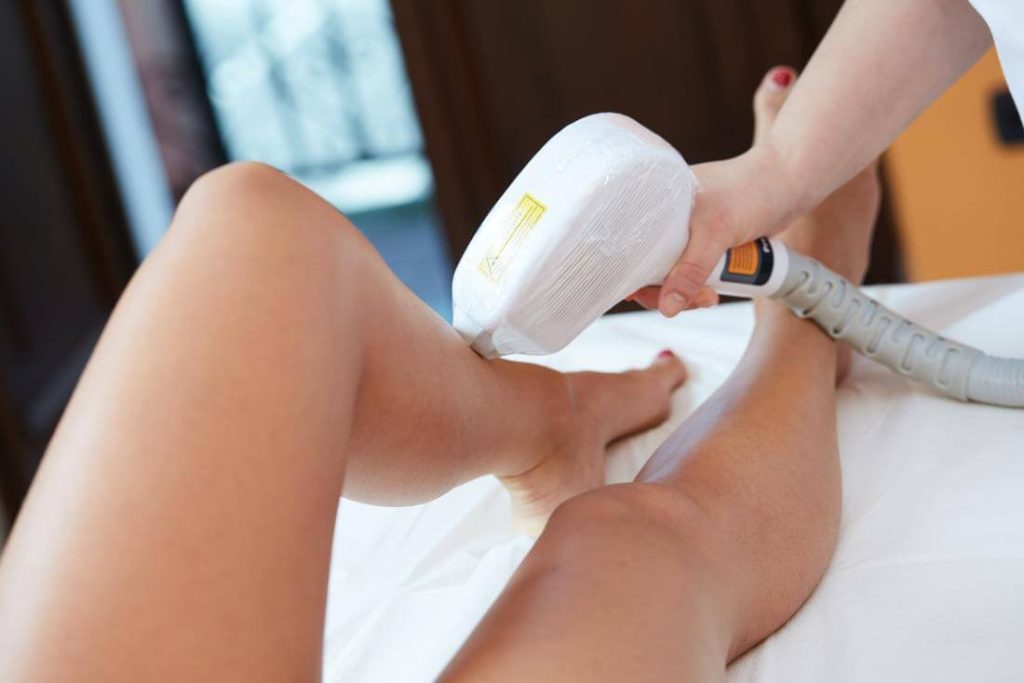Content Attributes
Introduction:
Hair removal procedures have become increasingly popular in recent years, with more and more people seeking to remove unwanted hair from their bodies. While there are many different methods of Body Hair Removal, including waxing, shaving, and laser hair removal, it is important to prioritize safety when undergoing these procedures. In this blog post, we will discuss the importance of safety when it comes to hair removal procedures, and provide tips on how to prioritize safety during these procedures.
.jpg)
Before committing to a hair removal session, read up so you’ll know what to expect from the procedure. You’ll also want to compare treatment centers to make sure you’re going to the right team. Here’s a quick guide to three common body hair removal methods.
Waxing
Waxing is a straightforward process. You apply the wax on the target area, let it cool down, and then pull it off. It can be painful if your hair is long, and you have a low tolerance for pain. It helps to apply an anti-inflammatory cream in the area to avoid flare-ups.
You can wax on your own or head to a salon. Either way, it helps to grow your hair a little so the wax has something to hold on to. If you come to the salon with long hair, the aesthetician may trim it first for you.
Waxing works by pulling out the hair follicle and not just the hair you’re seeing. This helps new hairs to come in finer.
The advantage of waxing is that it’s more affordable than other Body Hair Removal options. But before saying yes to it, start with a test patch first to see if your skin will respond well to the treatment.
Laser Hair Removal
All hair goes through a growth cycle. First, they come in, then they rest, and finally, they fall off. But, body hair does not grow at the same pace. Leg, underarm, and pubic hair grow at different lengths and speeds.
Laser hair removal is most effective during the active growth phase. But it has to be done more often to target other hair follicles. This Body Hair Removal option is more expensive than others but it promises permanent results.
You’ll find several types of laser hair removal treatments, and one of the most common is IPL hair removal. You can use the IPL device at home or get treated at an aesthetic center.
IPL hair removal instrument uses a broad wavelength to deliver beams of energy into the skin. Another type is the AFT treatment, which is comparable to IPL, but it uses narrower wavelengths and also comes with a cooling system for a more comfortable Body Hair Removal experience.
Shaving
This is the fastest and cheapest way to get rid of body hair. There’s no arguing with that. But the downside with it is that you also have to do it more often, which can be tedious.
Since the hair isn’t removed from the roots, they tend to go back again after a few days. And if you’re not careful enough, you also run the risk of irritating or bruising your skin.
If you need a quick fix for an event tonight, this may work. But you might want to research first which razor product works smoothly. And most importantly, avoid shaving aggressively.
Why is safety important during hair removal procedures?

Hair removal procedures, like any other beauty or cosmetic treatment, carry a certain level of risk. While some methods of hair removal are riskier than others, it is important to take safety precautions in order to minimize the risk of injury or other complications. Here are some of the reasons why safety is important during Body Hair Removal procedures:
Skin irritation:
Hair removal procedures can often cause skin irritation, which can range from mild redness to more serious conditions like dermatitis or eczema. This can be especially problematic for those with sensitive skin, as it can lead to long-term damage.
Infection:
Any procedure that involves removing hair from the skin can lead to an increased risk of infection, particularly if the skin is broken or irritated during the process. This can result in painful, unsightly, and even dangerous infections.
Burns:
Certain hair removal, like laser hair removal, uses heat to remove the hair. If the heat is not properly controlled, it can result in burns or other skin damage.
Scarring:
In some cases, Body Hair Removal procedures can lead to scarring or other long-term damage to the skin. This is especially true if the procedure is not performed correctly or by a trained professional.
How to prioritize safety during hair removal procedures?
Now that we have discussed why safety is important during hair removal procedures. Here are some tips on how to prioritize safety during these procedures:
Choose the right method:
There are many different methods of Body Hair Removal, each with its own benefits and risks. Before undergoing any hair removal procedure, it is important to do your research and choose the method that is right for you. Consider your skin type, the area you want to have treated, and any other factors that may impact the safety of the procedure.
Choose a qualified professional:
If you are having a hair removal procedure done by a professional, make sure that they are qualified and experienced. Look for certifications and training, and read reviews from other customers to ensure that the professional has a good reputation for safety.
Prepare your skin:
Before undergoing any hair removal procedure, it is important to prepare your skin properly. This may involve exfoliating the skin, avoiding certain medications or skincare products, and staying out of the sun for a certain period of time before the procedure.
Follow aftercare instructions:
After undergoing a Body Hair Removal procedure, it is important to follow any aftercare instructions provided by your professional. This may include avoiding certain activities, using specific skin care products, and keeping the treated area clean and dry.
Monitor for complications:
While complications from hair removal procedures are relatively rare, it is important to monitor the treated area for any signs of infection, scarring, or other complications. If you experience any unusual symptoms, seek medical attention right away.
Conclusion:
Hair removal procedures can be a great way to feel more confident and comfortable in your own skin. However, it is important to prioritize safety during these procedures in order to minimize the risk of injury or other complications. By choosing the right method, working with a qualified professional, preparing your skin properly, following aftercare instructions, and monitoring for complications, you can ensure that your hair removal procedure is safe and effective.



